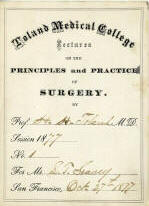Dr. Hugh H. Toland has been styled by some to be the great
surgeon of the Pacific slope. He was born on his father's plantation
in
Guilder's Creek, South Carolina on April 6 1806, the fourth of ten children.
His father John Toland emigrated from the north of Ireland and came to South
Carolina after the War of Independence.
Hugh
read medicine under Dr. George Ross and helped in the doctor's drug store
afterwards going to Transylvania University of Lexington Kentucky and taking his
degree while barely of age
in 1832 . In 1829 he settled in Pageville, South
Carolina and during this time performed several important operations, which
gave him considerable reputation in the neighborhood. This
circumstance gave the young doctor a desire to perfect himself in surgery
and being determined to go to Paris to study, he utilized his time
well during the two years at Pageville. Dr Toland saved about three thousand
dollars and in the spring of
1833 he sailed for France and sought quarters in Rue l' Ecole de Medicine Paris
where he lived economically for the next two years a half and applied his
time in attendance under illustrious surgeons in the hospital clinics.
During the succeeding twelve years, Dr Toland practiced alone.
In 1844
he married Mary of Columbia, South Carolina, who in 1852 followed him to California.
Early in 1852 the doctor purchased a quartz mill and had it shipped to San
Francisco
and mining in Calaveras County. , but his mining ventures never succeeded, so he settled in San
Francisco to practice medicine.
Until
1860, Dr Toland included obstetrical cases in his practice, but had to
give this up on account of the disturbance of his night's rest. At
that time he married his third wife.
On
the breaking out of the Civil War in 1861, Dr. Toland's annual income was
over forty thousand dollars. He had been appointed to the Marine
Hospital in 1855 and that appointment was renewed yearly by the establishment of the
City and Hospital where Dr. Toland was visiting surgeon. Patients from the
entire Pacific Coast sought treatment at the Francisco City and County Hospital.
In
1866 he founded a college of Medicine known for the next six years as Toland
Medical College. He secured a suitable lot on Stockton Chestnut
Street. He alone supplied funds necessary to erect a brick
building and to furnish it with adjuncts deemed requisite. Dr. Toland
had for some years previously been publishing the Pacific Journal and in
1872 it was renamed the Western Lancet. Although Dr Toland was with
some sternness of manner when dealing with men patients, his attitude toward
women and children was exceedingly gentle and sympathetic.
During the eighteen seventies there was much written about the power of the
mind in the cure of later symptoms syphilis. Dr Toland vigorously
combated this idea and insisted that mercury and mercury only was curative
in syphilis at any stage.
After the Toland Medical College was assumed by the University of
California, he
was appointed Professor in Surgery of the Faculty.
Dr. Toland served several terms as member of the San
Francisco Board of Health. He was appointed by Governor Haight , and
was successively reappointed by Governors Booth and Irwin. To
this branch of the public service he gave considerable attention, being
absent at but very few meetings of the Board. His estate was estimated at from $1,500,000 to $2,000,000
consisting of considerable real property in the interior together with a
large ranch at Rio Vista where he raised large crops of wheat.
As a
surgical operator Dr Toland's expertise was rapid, direct and abundant in
the presence of unexpected developments. To the disinterested witness, he
perhaps might not appear to be particularly dexterous, but he always exact
about what he meant to do and did in the most direct way. Dr. Toland
especially took pleasure in operating for urinary calculus and he always used
the lithotome cache double blade of Dupytren.
(Cyclopedia of American Physicians)
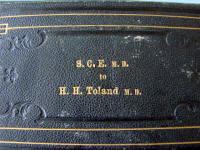
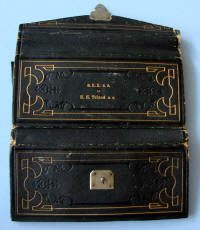
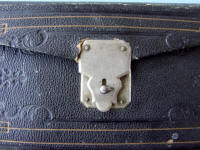
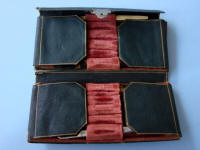
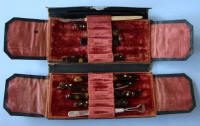
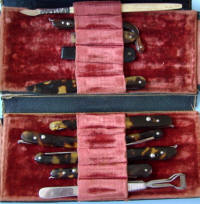
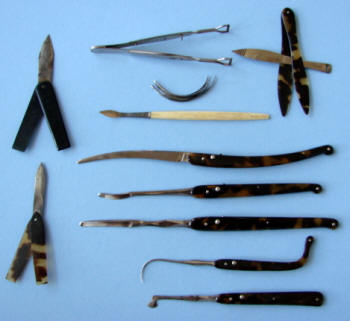
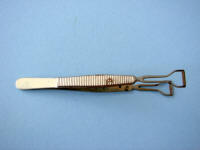
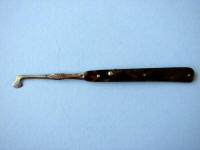
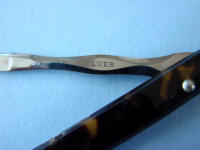
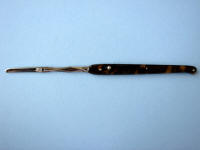
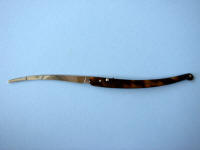
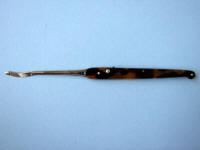
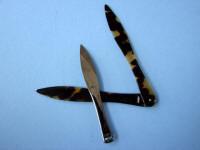
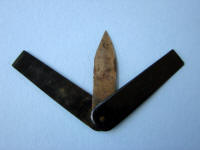
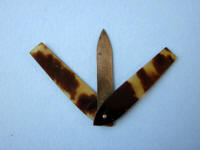
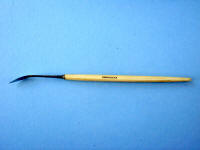
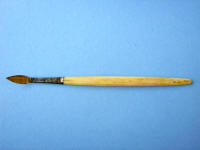
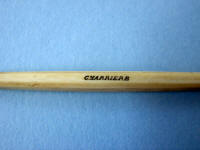
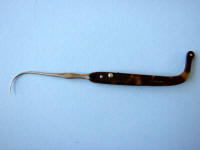
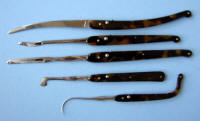
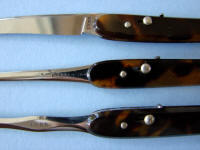
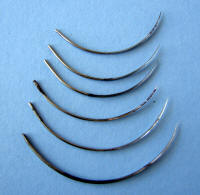
University of California, San Francisco traces its history to Dr. Hugh H.
Toland, a South Carolina surgeon who found great success and wealth after
moving to San Francisco in 1852. A previous school, the Cooper Medical
College of the University of Pacific (founded 1858), entered a period of
uncertainty in 1862 when its founder, Dr. Elias Samuel Cooper, died. In
1864, Toland founded a new medical school, Toland Medical College, and the
faculty of Cooper Medical College chose to suspend operations and join the
new school. The University of California was founded in 1868, and by
1870 Toland Medical School began negotiating an affiliation with the new
public university. Meanwhile, some faculty of Toland Medical School
elected to reopen the Medical Department of the University of the Pacific,
which would later become Stanford University School of Medicine.[8]
Negotiations between the Toland and the UC were complicated by Toland's
demand that the medical school continue to bear his name, which he finally
conceded. In March 1873, the trustees of Toland Medical College deeded it to
the Regents of the University of California, and it became "The Medical
Department of the University of California."
